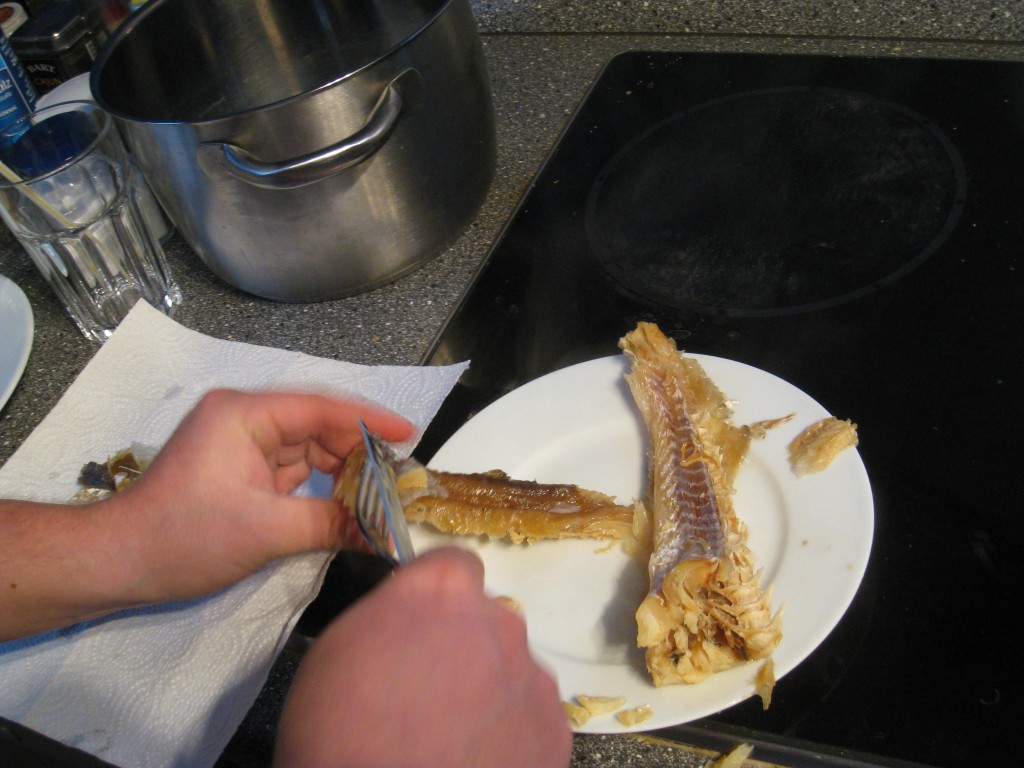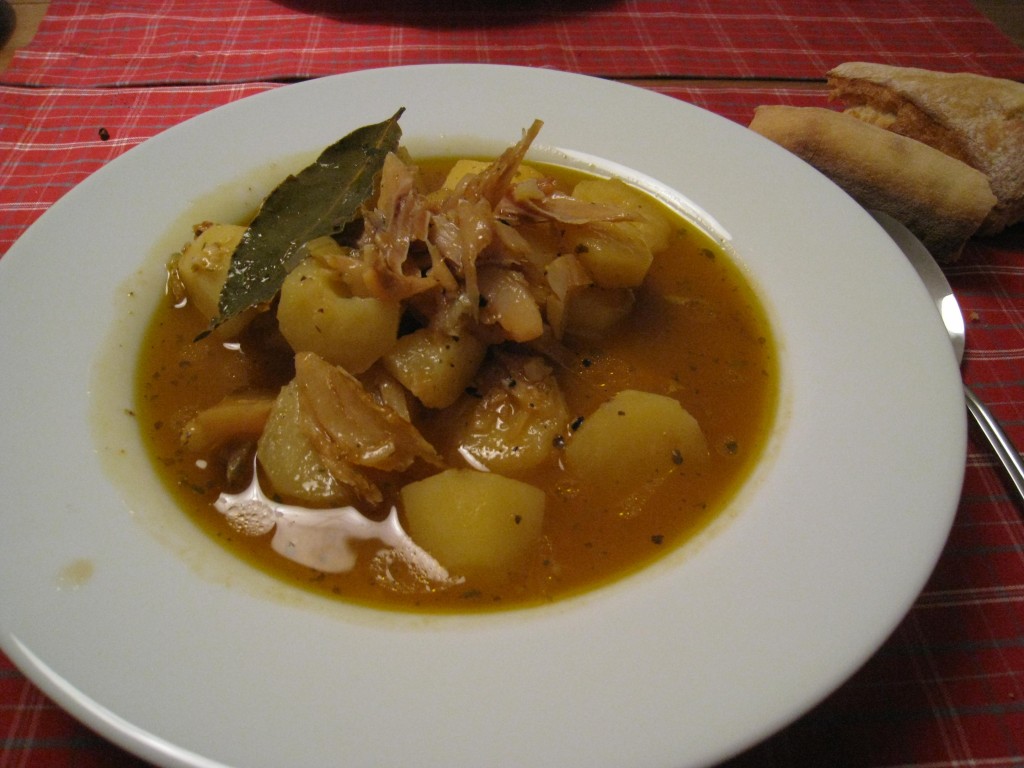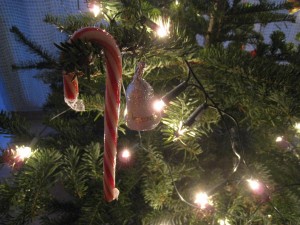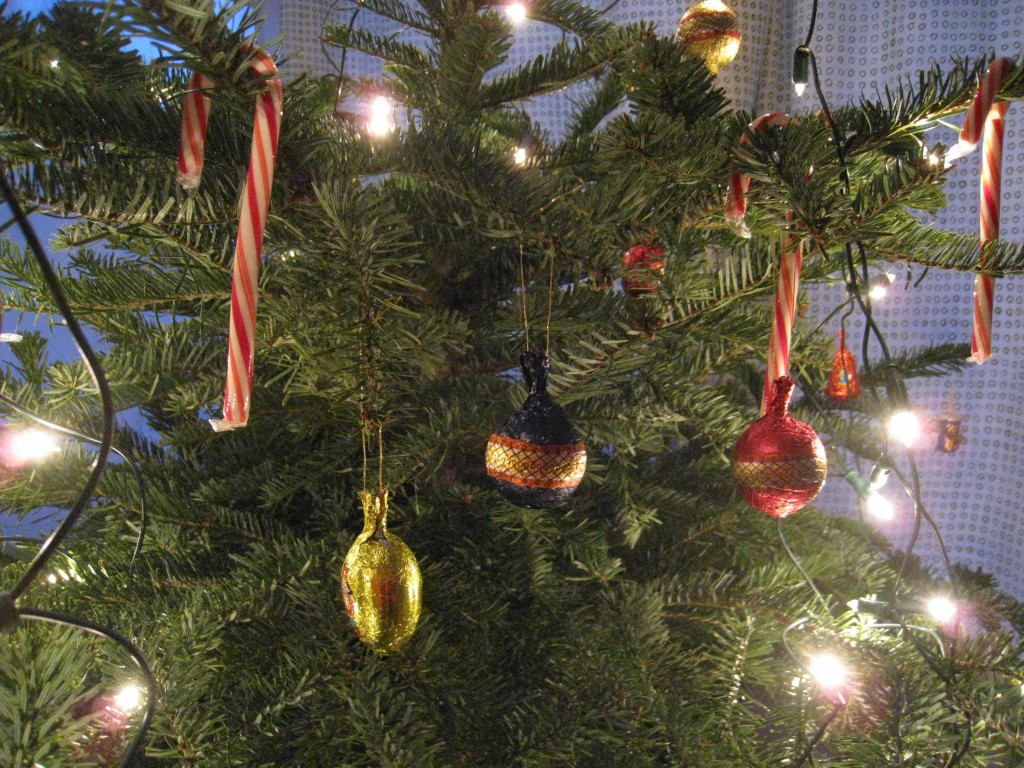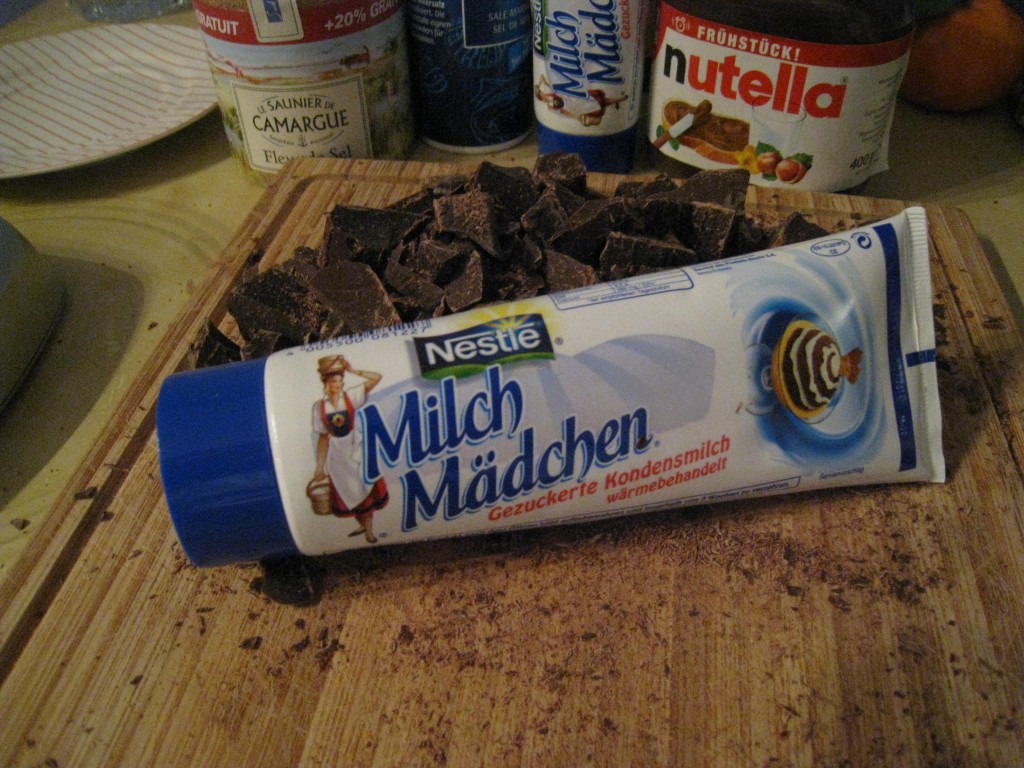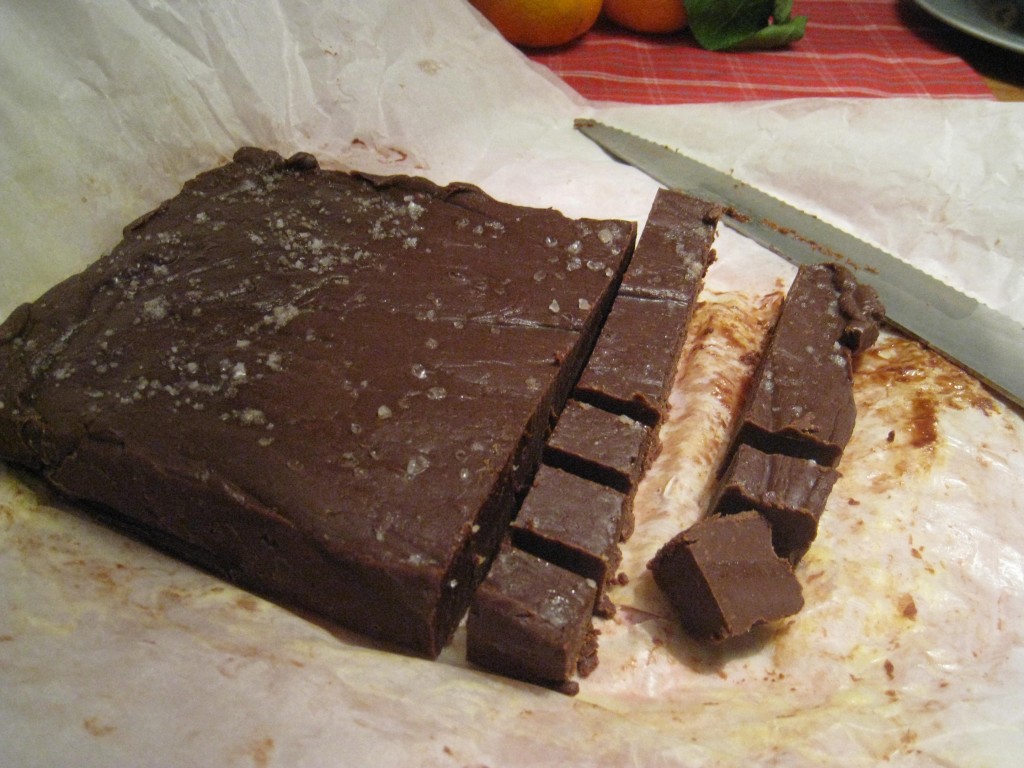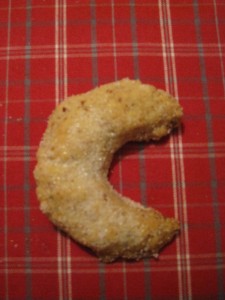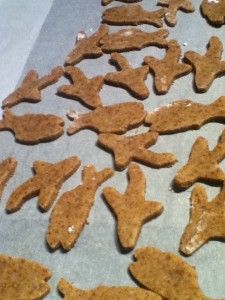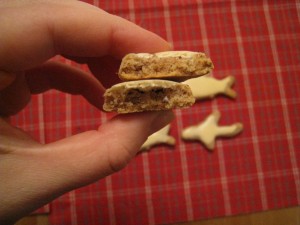This past Tuesday was Pancake Day! Traditionally on Shrove Tuesday (the day before Ash Wednesday) people ate pancakes to use up eggs, sugar, and fat before the Lenten fast. Somehow, I never knew this until a few weeks ago. Considering pancakes are one of my favorite foods, I absolutely had to make some for dinner.
I decided to make some Croatian-style Palachenka, which are basically like crepes. Except now I know the secret to making nice and thin and lump-free pancakes. Let me show you:
Start out by beating two eggs and try to get some air whipped in there. Then sprinkle in some flour a little bit at a time, mixing completely after each addition (about 1/4 cup at a time). Keep adding and mixing and adding and mixing, making sure you smush out any lumps as you go.
Once it starts to thicken up, add milk a bit at a time, mixing in thoroughly as you go. You can sprinkle in a bit more flour, depending on how many pancakes you want to make. But for smooth pancakes, its important to mix the flour into minimal liquid and then thin it out to the right conistency. In the past, I always mixed the eggs into the milk, then dumped in the flour all at once, and then it is quite difficult to get the lumps out.
The secret ingredient is mineral water – that’s right the bubbly kind. Pour in half a cup or so, watch it fizzle, and then mix it in. Let the batter rest for at least a half hour or so.
Probably if you make crepes often, you know how awesome it is to have a cast iron crepe pan. Unfortunately my crepe pan is in Fairfield, but my non-stick (cheap, thin) pan works pretty darn well. I heat up my pan to medium-highish, and before each pancake add a tiny drip of oil. Then using a ladle, add a very small amount of batter and swirl the pan so that it thinly and evenly coats the pan. Too-thick batter or too much batter makes for a soggy crepe.
In the past, in addition to working with lumpy batter, I always managed to rip or rumple or generally deform my crepes on the flip. Not any more. There is a really easy way to flip them.
Once they start to set, run a butter knife along about a six-inch portion of the edge, just enough so that it comes off the pan. Then, using your fingers, gently grab the crepe on one side and flip it and voila! Flipped over in one perfect piece!
These are so versatile, you can add whatever you like and have a pancake party (you think I am kidding, but I am not). While we were in the kitchen we made a couple with aged white chedder melted in, sort of like a Croatian-Irish quesadilla. Then of course we had some with jam, cinnamon-sugar, and banana-nutella. Who doesn’t love pancakes?
Happy pancaking and for the record, I did not give up sweets for Lent this year. I decided against it…you know like if I want to bake something sweet before Easter it would be problematic. So instead, I am giving up Croissants. That may not sound too difficult, but I have been known to bribe myself out of bed in the morning with the promise of an oven fresh croissant from the bakery on the way to work. At least I have still got my chai latte.

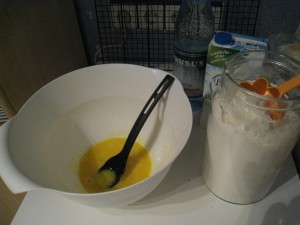
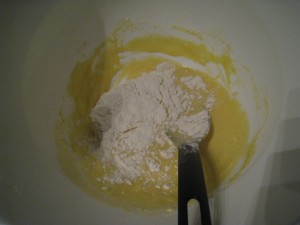
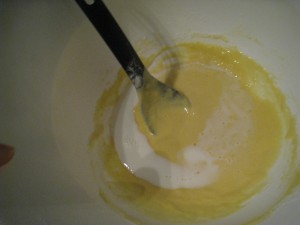
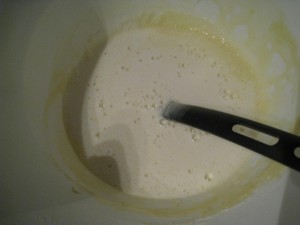
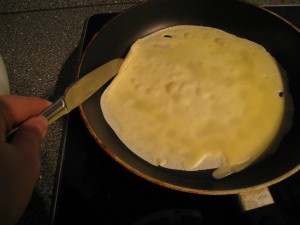
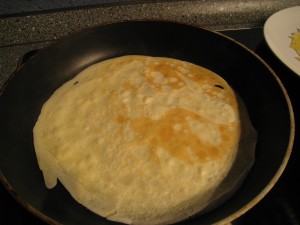
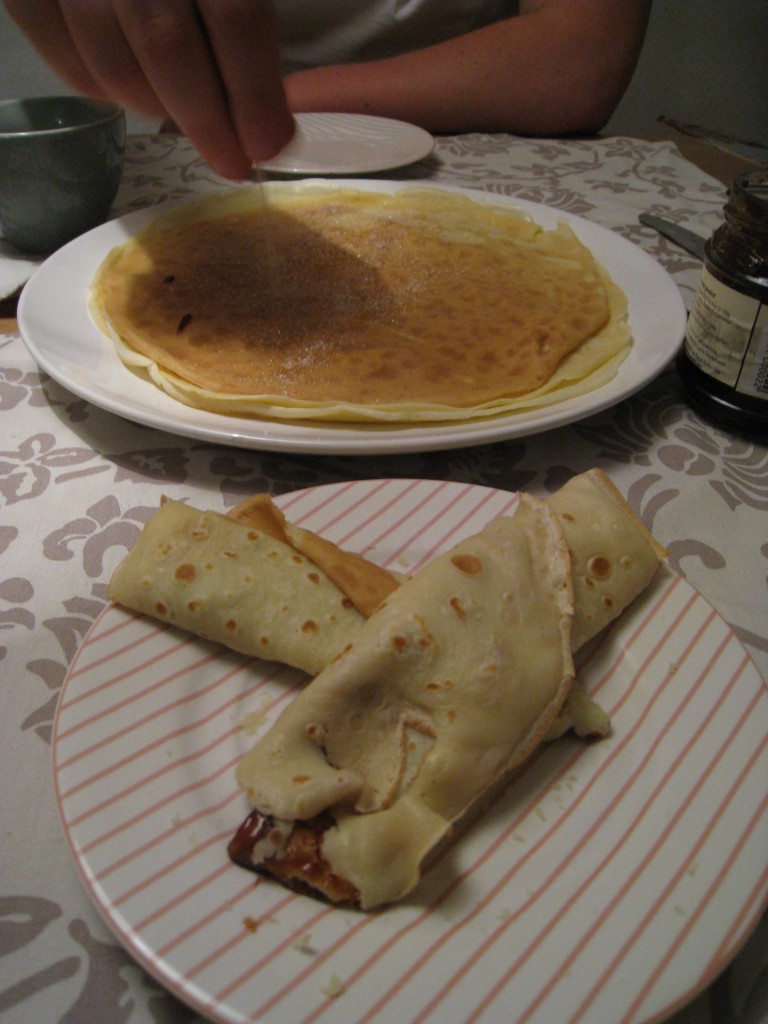
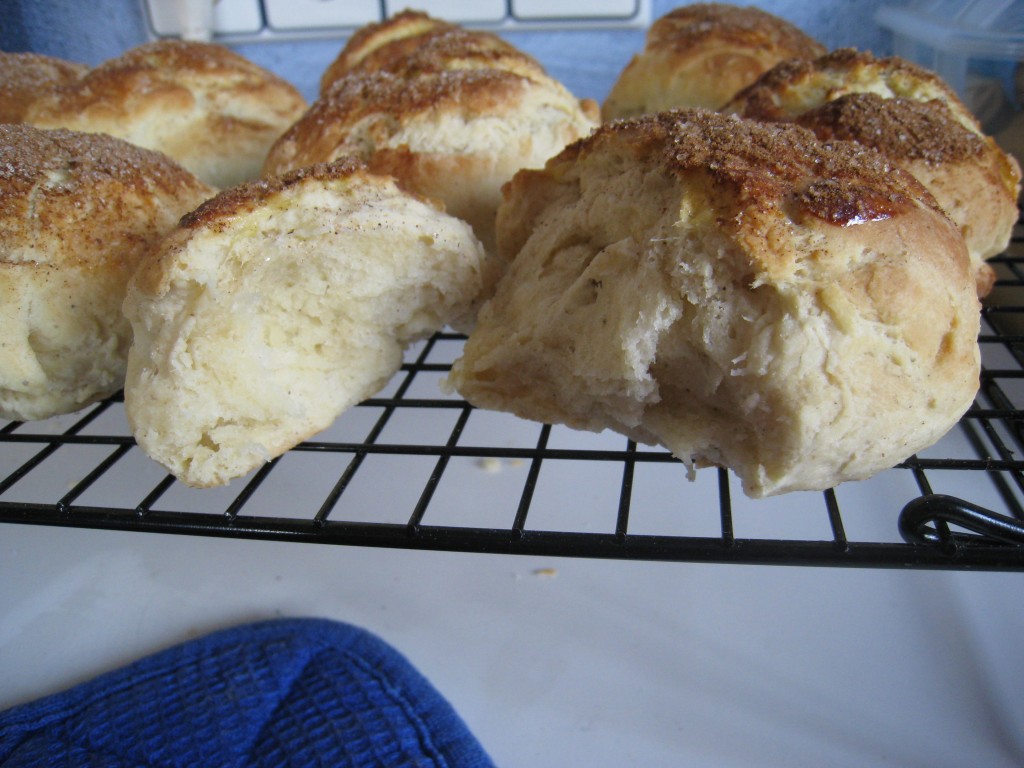
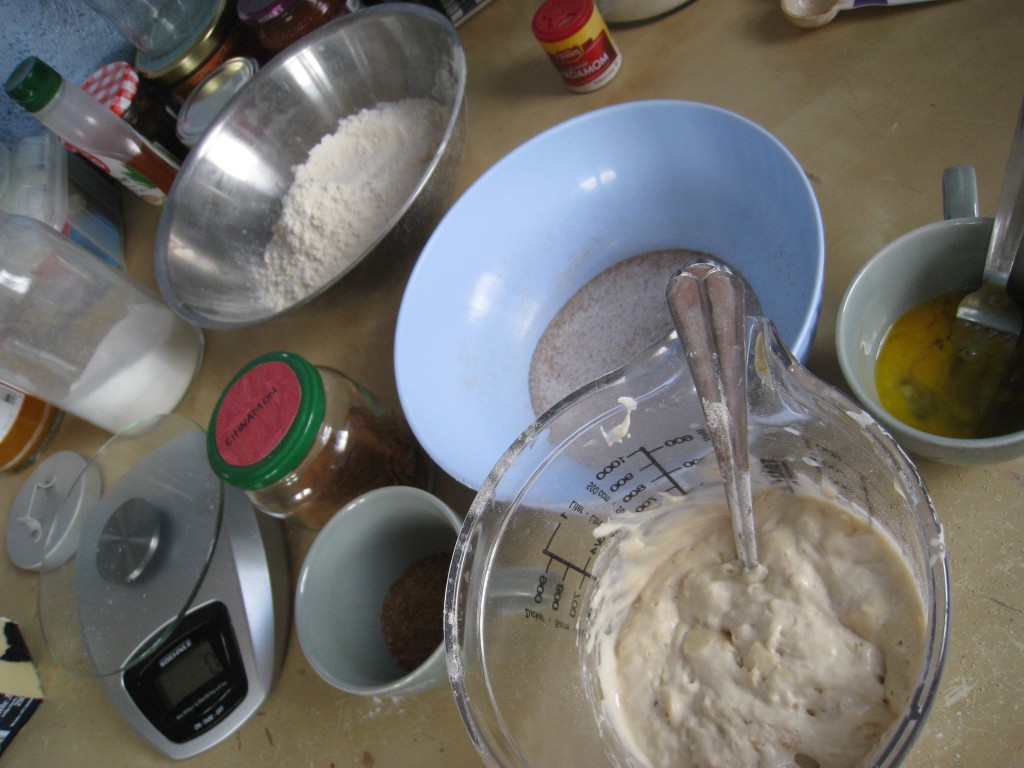
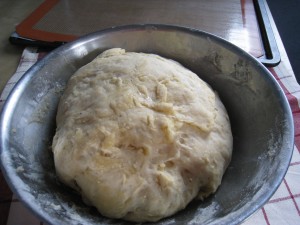

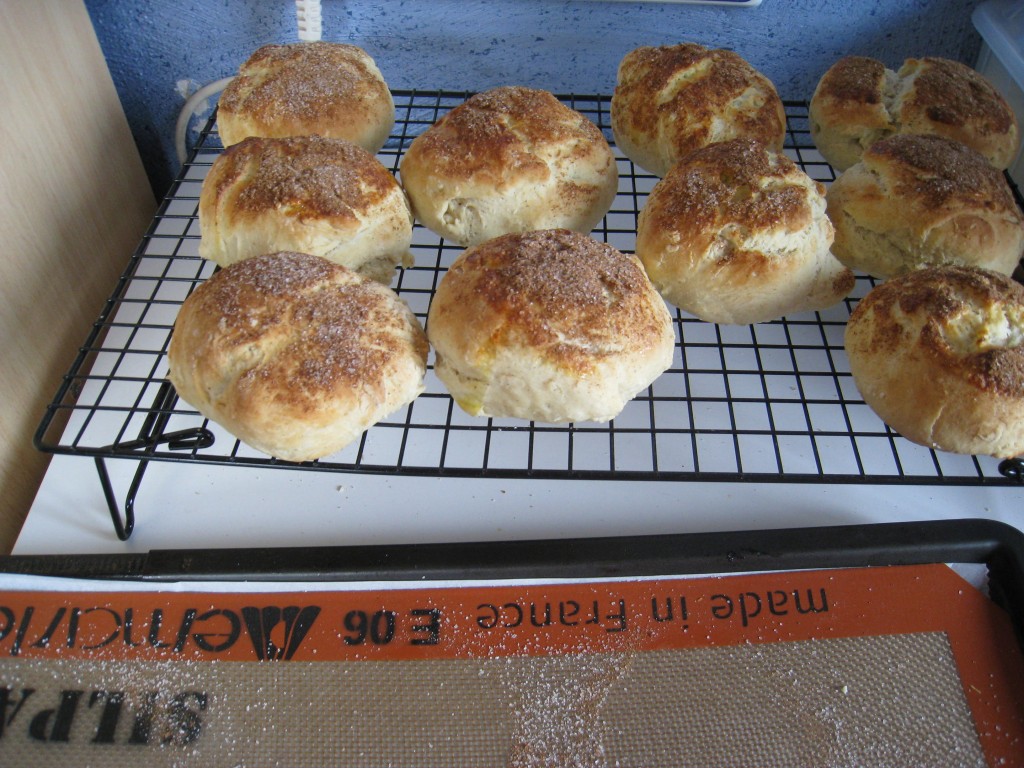
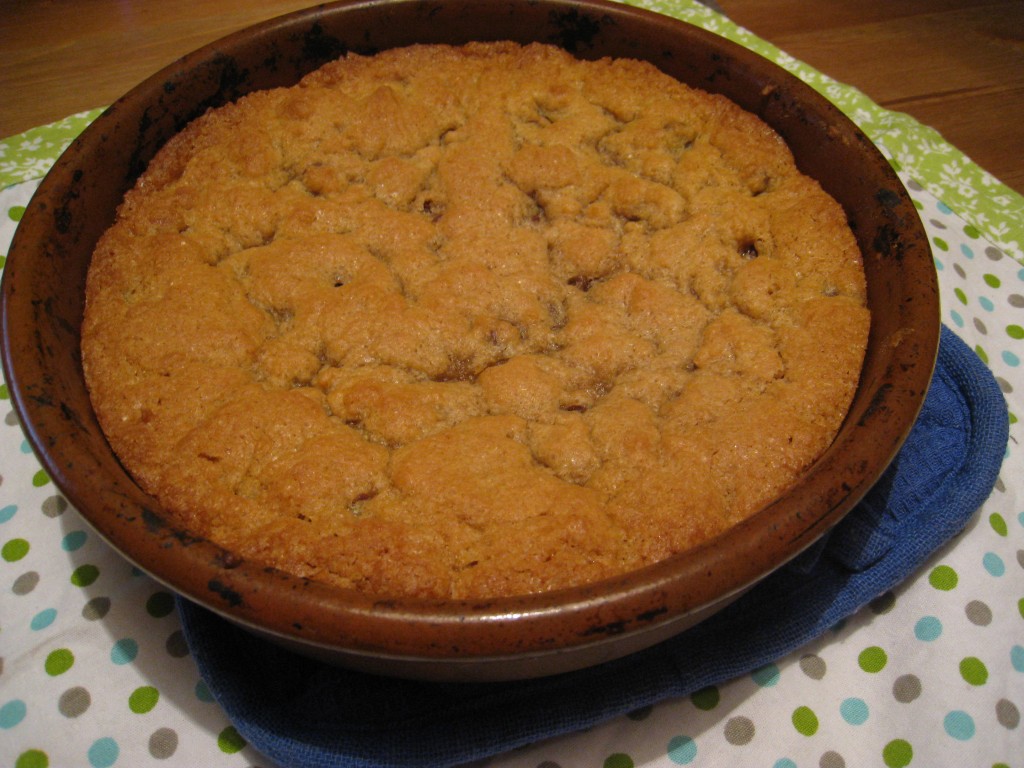
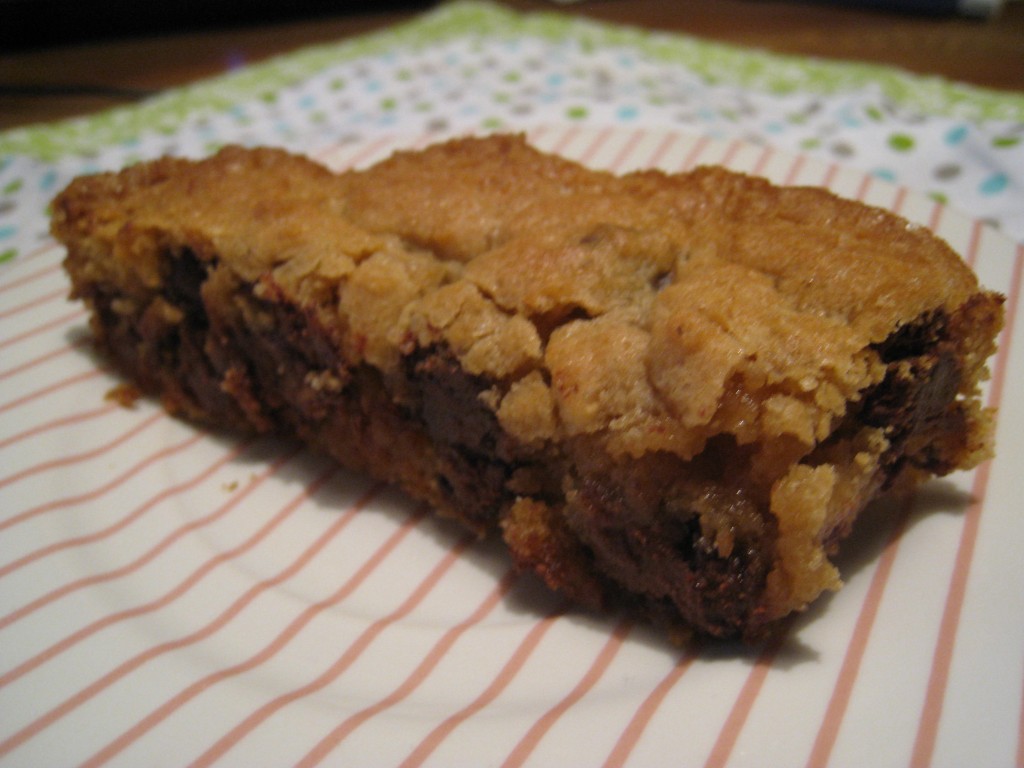
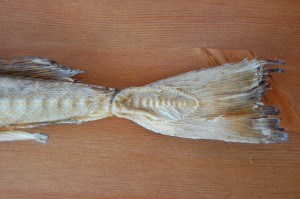
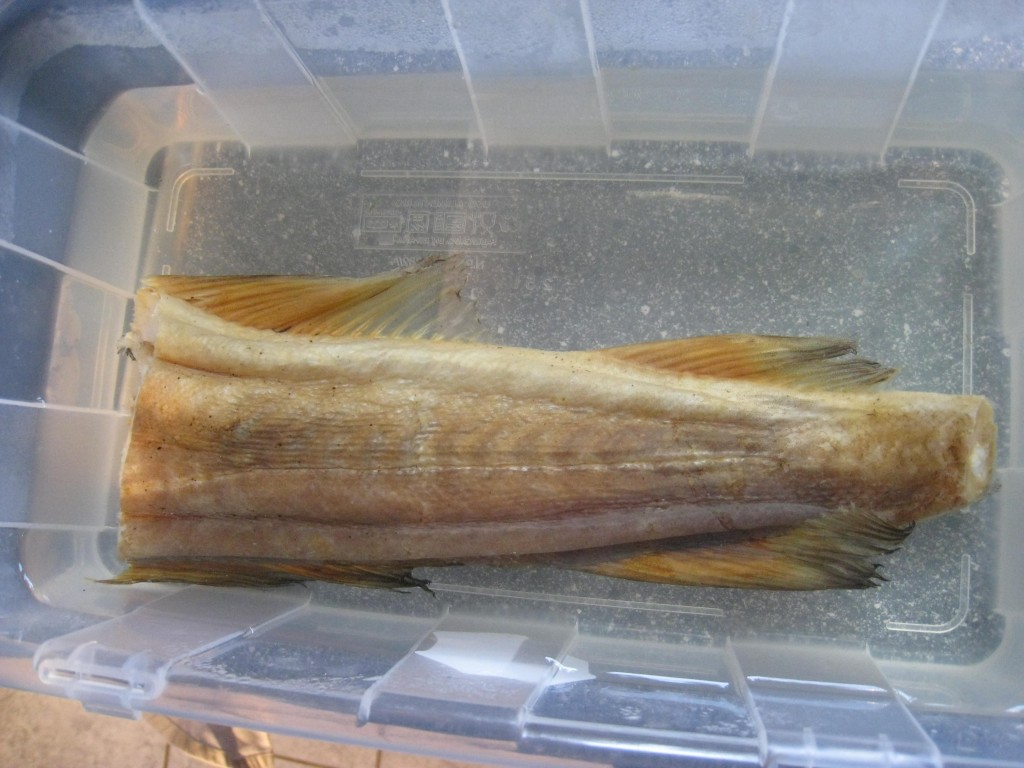 Then we boiled it for 2 hours, and this is where it gets stinky. Despite the cold, we opted to leave a few windows open.
Then we boiled it for 2 hours, and this is where it gets stinky. Despite the cold, we opted to leave a few windows open.